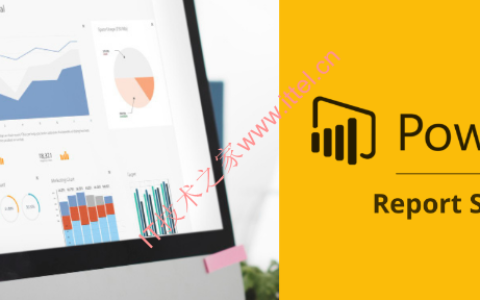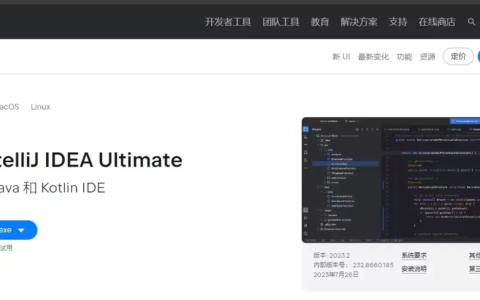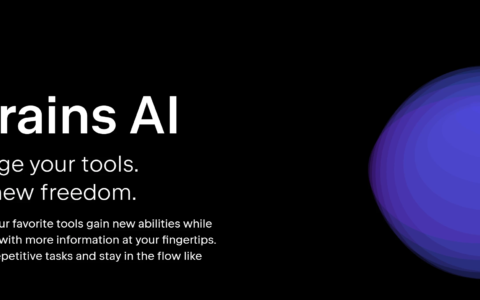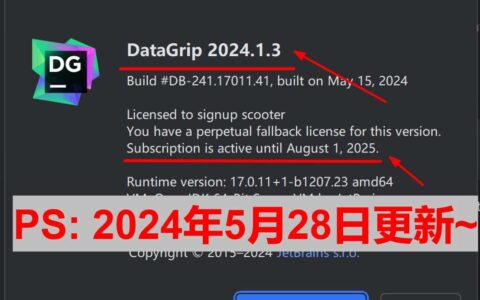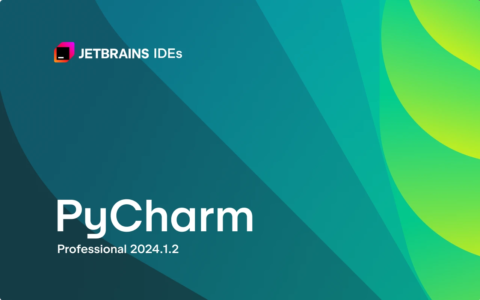python如何提取xml指定内容 <?xml version=”1.0″ encoding=”UTF-8″?> <!– The MIT License Copyright (c) 2004-2009, Sun Microsystems, Inc., Kohsuke Kawaguchi, Tom Huybrechts, id:digerata, Yahoo! Inc. Permission is hereby granted, free of charge, to any person obtaining a copy of this software and associated documentation files (the “Software”), to deal in the Software without restriction, including without limitation the rights to use, copy, modify, merge, publish, distribute, sublicense, and/or sell copies of the Software, and to permit persons to whom the Software is furnished to do so, subject to the following conditions: The above copyright notice and this permission notice shall be included in all copies or substantial portions of the Software. THE SOFTWARE IS PROVIDED “AS IS”, WITHOUT WARRANTY OF ANY KIND, EXPRESS OR IMPLIED, INCLUDING BUT NOT LIMITED TO THE WARRANTIES OF MERCHANTABILITY, FITNESS FOR A PARTICULAR PURPOSE AND NONINFRINGEMENT. IN NO EVENT SHALL THE AUTHORS OR COPYRIGHT HOLDERS BE LIABLE FOR ANY CLAIM, DAMAGES OR OTHER LIABILITY, WHETHER IN AN ACTION OF CONTRACT, TORT OR OTHERWISE, ARISING FROM, OUT OF OR IN CONNECTION WITH THE SOFTWARE OR THE USE OR OTHER DEALINGS IN THE SOFTWARE. –> <web-app xmlns=”http://xmlns.jcp.org/xml/ns/javaee” xmlns:xsi=”http://www.w3.org/2001/XMLSchema-instance” xsi:schemaLocation=”http://xmlns.jcp.org/xml/ns/javaee http://xmlns.jcp.org/xml/ns/javaee/web-app_3_1.xsd” version=”3.1″ metadata-complete=”true”> <display-name>Jenkins v2.336</display-name> <description>Build management system</description> <servlet> <servlet-name>Stapler</servlet-name> <servlet-class>org.kohsuke.stapler.Stapler</servlet-class> <init-param> <param-name>default-encodings</param-name> <param-value>text/html=UTF-8</param-value> </init-param> <init-param> <param-name>diagnosticThreadName</param-name> <param-value>false</param-value> </init-param> <async-supported>true</async-supported> </servlet> <servlet-mapping> <servlet-name>Stapler</servlet-name> <url-pattern>/*</url-pattern> </servlet-mapping> <filter> <filter-name>suspicious-request-filter</filter-name> <filter-class>jenkins.security.SuspiciousRequestFilter</filter-class> <async-supported>true</async-supported> </filter> <filter> <filter-name>diagnostic-name-filter</filter-name> <filter-class>org.kohsuke.stapler.DiagnosticThreadNameFilter</filter-class> <async-supported>true</async-supported> </filter> <filter> <filter-name>encoding-filter</filter-name> <filter-class>hudson.util.CharacterEncodingFilter</filter-class> <async-supported>true</async-supported> </filter> <filter> <filter-name>compression-filter</filter-name> <filter-class>org.kohsuke.stapler.compression.CompressionFilter</filter-class> <async-supported>true</async-supported> </filter> <filter> <filter-name>authentication-filter</filter-name> <filter-class>hudson.security.HudsonFilter</filter-class> <async-supported>true</async-supported> </filter> <filter> <filter-name>csrf-filter</filter-name> <filter-class>hudson.security.csrf.CrumbFilter</filter-class> <async-supported>true</async-supported> </filter> <filter> <filter-name>plugins-filter</filter-name> <filter-class>hudson.util.PluginServletFilter</filter-class> <async-supported>true</async-supported> </filter> <!– The Headers filter allows us to override headers sent by the container that may be in conflict with what we want. For example, Tomcat will set Cache-Control: no-cache for any files behind the security-constraint below. So if Hudson is on a public server, and you want to only allow authorized users to access it, you may want to pay attention to this. See: http://www.nabble.com/No-browser-caching-with-Hudson- -tf4601857.html <filter> <filter-name>change-headers-filter</filter-name> <filter-class>hudson.ResponseHeaderFilter</filter-class> <!- The value listed here is for 24 hours. Increase or decrease as you see fit. Value is in seconds. Make sure to keep the public option -> <init-param> <param-name>Cache-Control</param-name> <param-value>max-age=86400, public</param-value> </init-param> <!- It turns out that Tomcat just doesn’t want to let go of its cache option. If you override Cache-Control, it starts to send Pragma: no-cache as a backup. -> <init-param> <param-name>Pragma</param-name> <param-value>public</param-value> </init-param> </filter> <filter-mapping> <filter-name>change-headers-filter</filter-name> <url-pattern>*.css</url-pattern> </filter-mapping> <filter-mapping> <filter-name>change-headers-filter</filter-name> <url-pattern>*.gif</url-pattern> </filter-mapping> <filter-mapping> <filter-name>change-headers-filter</filter-name> <url-pattern>*.js</url-pattern> </filter-mapping> <filter-mapping> <filter-name>change-headers-filter</filter-name> <url-pattern>*.png</url-pattern> </filter-mapping> –> <filter-mapping> <filter-name>suspicious-request-filter</filter-name> <url-pattern>/*</url-pattern> </filter-mapping> <filter-mapping> <filter-name>diagnostic-name-filter</filter-name> <url-pattern>/*</url-pattern> </filter-mapping> <filter-mapping> <filter-name>encoding-filter</filter-name> <url-pattern>/*</url-pattern> </filter-mapping> <filter-mapping> <filter-name>compression-filter</filter-name> <url-pattern>/*</url-pattern> </filter-mapping> <filter-mapping> <filter-name>authentication-filter</filter-name> <url-pattern>/*</url-pattern> </filter-mapping> <filter-mapping> <filter-name>csrf-filter</filter-name> <url-pattern>/*</url-pattern> </filter-mapping> <filter-mapping> <filter-name>plugins-filter</filter-name> <url-pattern>/*</url-pattern> </filter-mapping> <listener> <!– Must be before WebAppMain in order to initialize the context before the first use of this class. –> <listener-class>jenkins.util.SystemProperties$Listener</listener-class> </listener> <listener> <listener-class>hudson.WebAppMain</listener-class> </listener> <listener> <listener-class>jenkins.JenkinsHttpSessionListener</listener-class> </listener> <!– JENKINS-1235 suggests containers interpret ‘*’ as “all roles defined in web.xml” as opposed to “all roles defined in the security realm”, so we need to list some common names in the hope that users will have at least one of those roles. –> <security-role> <role-name>admin</role-name> </security-role> <security-role> <role-name>user</role-name> </security-role> <security-role> <role-name>hudson</role-name> </security-role> <security-constraint> <web-resource-collection> <web-resource-name>Hudson</web-resource-name> <url-pattern>/loginEntry</url-pattern> <!–http-method>GET</http-method–> </web-resource-collection> <auth-constraint> <role-name></role-name> </auth-constraint> </security-constraint> <!– Disable TRACE method with security constraint (copied from jetty/webdefaults.xml) –> <security-constraint> <web-resource-collection> <web-resource-name>Disable TRACE</web-resource-name> <url-pattern>/*</url-pattern> <http-method>TRACE</http-method> </web-resource-collection> <auth-constraint /> </security-constraint> <security-constraint> <web-resource-collection> <web-resource-name>other</web-resource-name> <url-pattern>/*</url-pattern> </web-resource-collection> <!– no security constraint –> </security-constraint> <login-config> <auth-method>FORM</auth-method> <form-login-config> <form-login-page>/login</form-login-page> <form-error-page>/loginError</form-error-page> </form-login-config> </login-config> <!– if specified, this value is used as the Hudson home directory –> <env-entry> <env-entry-name>HUDSON_HOME</env-entry-name> <env-entry-type>java.lang.String</env-entry-type> <env-entry-value></env-entry-value> </env-entry> <!– configure additional extension-content-type mappings –> <mime-mapping> <extension>xml</extension> <mime-type>application/xml</mime-type> </mime-mapping> <!–mime-mapping> commenting out until this works out of the box with JOnAS. See http://www.nabble.com/Error-with-mime-type%2D-%27application-xslt%2Bxml%27-when-deploying-hudson-1.316-in-jonas-td24740489.html <extension>xsl</extension> <mime-type>application/xslt+xml</mime-type> </mime-mapping–> <mime-mapping> <extension>log</extension> <mime-type>text/plain</mime-type> </mime-mapping> <mime-mapping> <extension>war</extension> <mime-type>application/octet-stream</mime-type> </mime-mapping> <mime-mapping> <extension>ear</extension> <mime-type>application/octet-stream</mime-type> </mime-mapping> <mime-mapping> <extension>rar</extension> <mime-type>application/octet-stream</mime-type> </mime-mapping> <mime-mapping> <extension>webm</extension> <mime-type>video/webm</mime-type> </mime-mapping> <error-page> <exception-type>java.lang.Throwable</exception-type> <location>/oops</location> </error-page> <session-config> <cookie-config> <!– See https://www.owasp.org/index.php/HttpOnly for the discussion of this topic in OWASP –> <http-only>true</http-only> </cookie-config> <!– Tracking mode is managed by WebAppMain.FORCE_SESSION_TRACKING_BY_COOKIE_PROP –> </session-config> </web-app>
2024最新激活全家桶教程,稳定运行到2099年,请移步至置顶文章:https://sigusoft.com/99576.html
版权声明:本文内容由互联网用户自发贡献,该文观点仅代表作者本人。本站仅提供信息存储空间服务,不拥有所有权,不承担相关法律责任。如发现本站有涉嫌侵权/违法违规的内容, 请联系我们举报,一经查实,本站将立刻删除。 文章由激活谷谷主-小谷整理,转载请注明出处:https://sigusoft.com/76479.html



